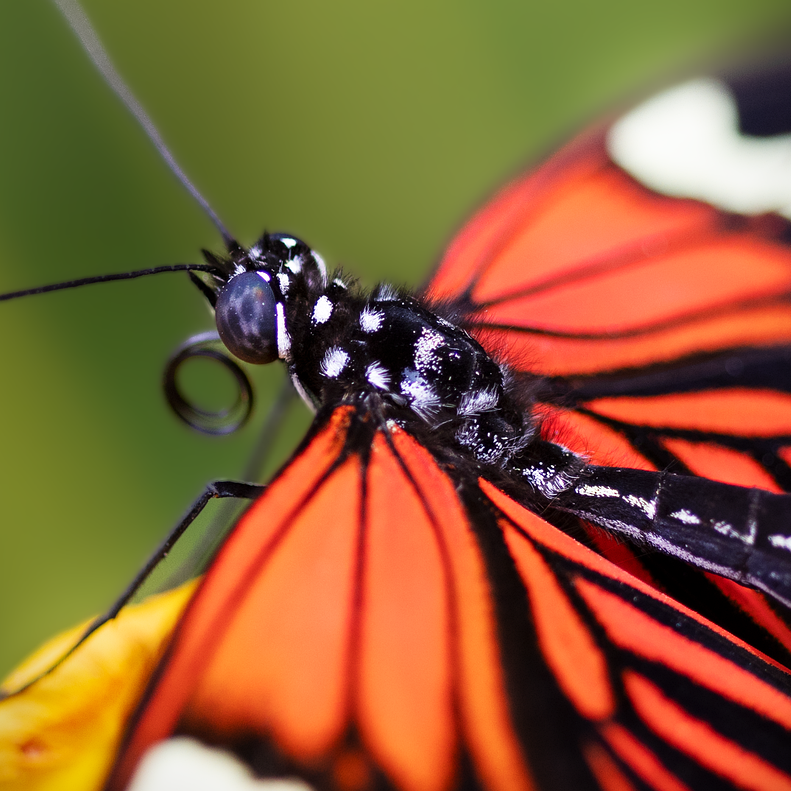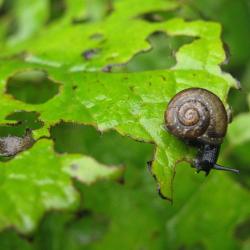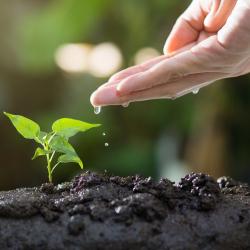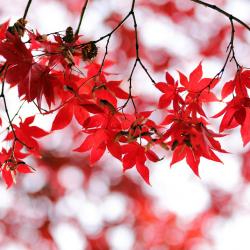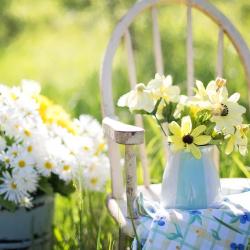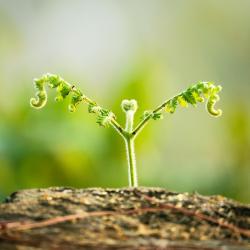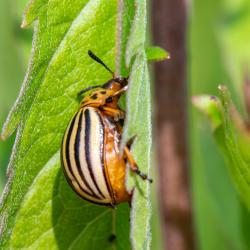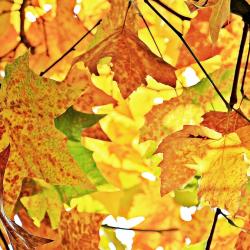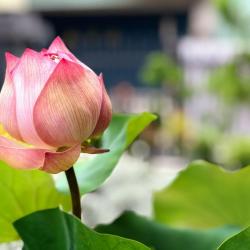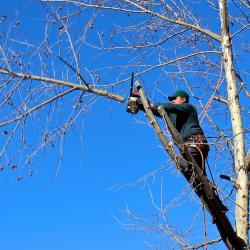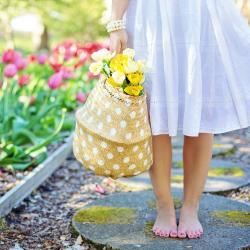How to Make Your Backyard a Haven for Pollinators
As urban development continues to encroach on natural habitats, pollinators—such as bees, butterflies, and birds—face increasing challenges to survive. These creatures are integral to our ecosystems, playing a vital role in pollinating plants that produce fruits, vegetables, and flowers. By transforming your backyard into a haven for pollinators, you can contribute positively to their preservation while enjoying a vibrant and lively garden. Here’s a comprehensive guide on creating a pollinator-friendly backyard.
Understanding Pollinators
Pollinators include a wide variety of species such as honeybees, native bees, butterflies, moths, beetles, birds, and even bats. They are crucial for the reproductive cycle of many plants, including those that make up much of our food supply. Unfortunately, habitat loss, pesticide use, and climate change have led to a decline in pollinator populations.
Steps to Create a Pollinator-Friendly Backyard
1. Plant a Diversity of Native Flora
A diverse and abundant array of plants can attract a range of pollinators. Native plants are the ideal choice as they have co-evolved with local pollinators. Here are some steps to follow:
- Research Local Species: Choose plants that are native to your area. These are adapted to the local climate and soil, require less maintenance, and better support the wildlife.
- Plant a Variety of Flowers: Ensure blooms throughout the growing season by planting a mix of early, mid, and late-season flowering plants. This provides a consistent food source for pollinators.
- Focus on Flower Shape and Color: Different pollinators are drawn to specific flower shapes and colors. For example, tubular flowers attract hummingbirds, while flat, open blooms are suitable for bees and butterflies.
2. Avoid Pesticides and Herbicides
Chemicals intended to kill pests can also harm pollinators. Embrace natural pest control methods to keep your garden healthy:
- Introduce Beneficial Insects: Ladybugs, lacewings, and praying mantises can keep pest populations down.
- Use Physical Barriers: Floating row covers or mesh can protect plants without harming insects.
- Promote Healthy Soils: Healthy soils lead to healthy plants, which can better withstand pests and diseases.
3. Create Water Sources
Pollinators need water for hydration and other necessities. You can easily provide this by:
- Adding a Birdbath or Fountain: Ensure it's shallow and includes stones or platforms where pollinators can land safely.
- Building a Butterfly Puddle: Create a mud puddle or place wet sand in a shallow dish for butterflies to drink and obtain necessary minerals.
4. Provide Shelter and Nesting Sites
Different species require specific types of shelter:
- Bee Hotels: For solitary bees, provide bee hotels made from wood or hollow stems.
- Leave Some Areas Undisturbed: Ground-nesting bees benefit from bare patches of soil or sandy areas.
- Incorporate Shrubs and Trees: These provide both shelter and food for various pollinators.
5. Adopt Sustainable Gardening Practices
Sustainability further enhances the ecosystem benefits of your garden:
- Compost: Use compost to enrich the soil organically.
- Capture Rainwater: Collect rainwater for irrigation to conserve water and reduce runoff.
- Practice Companion Planting: Some plants repel pests naturally, benefiting others nearby.
Conclusion
Creating a pollinator-friendly garden is an enriching pursuit that benefits both your local ecosystem and your personal environment. The splash of color from varied blooms, the gentle hum of buzzing bees, and the flutter of butterflies add vitality to your backyard. By committing to more sustainable gardening practices, you contribute toward healthier pollinator populations and a healthier planet. So, roll up your sleeves and start transforming your backyard into a sanctuary that these essential creatures can thrive in—every small effort counts!
